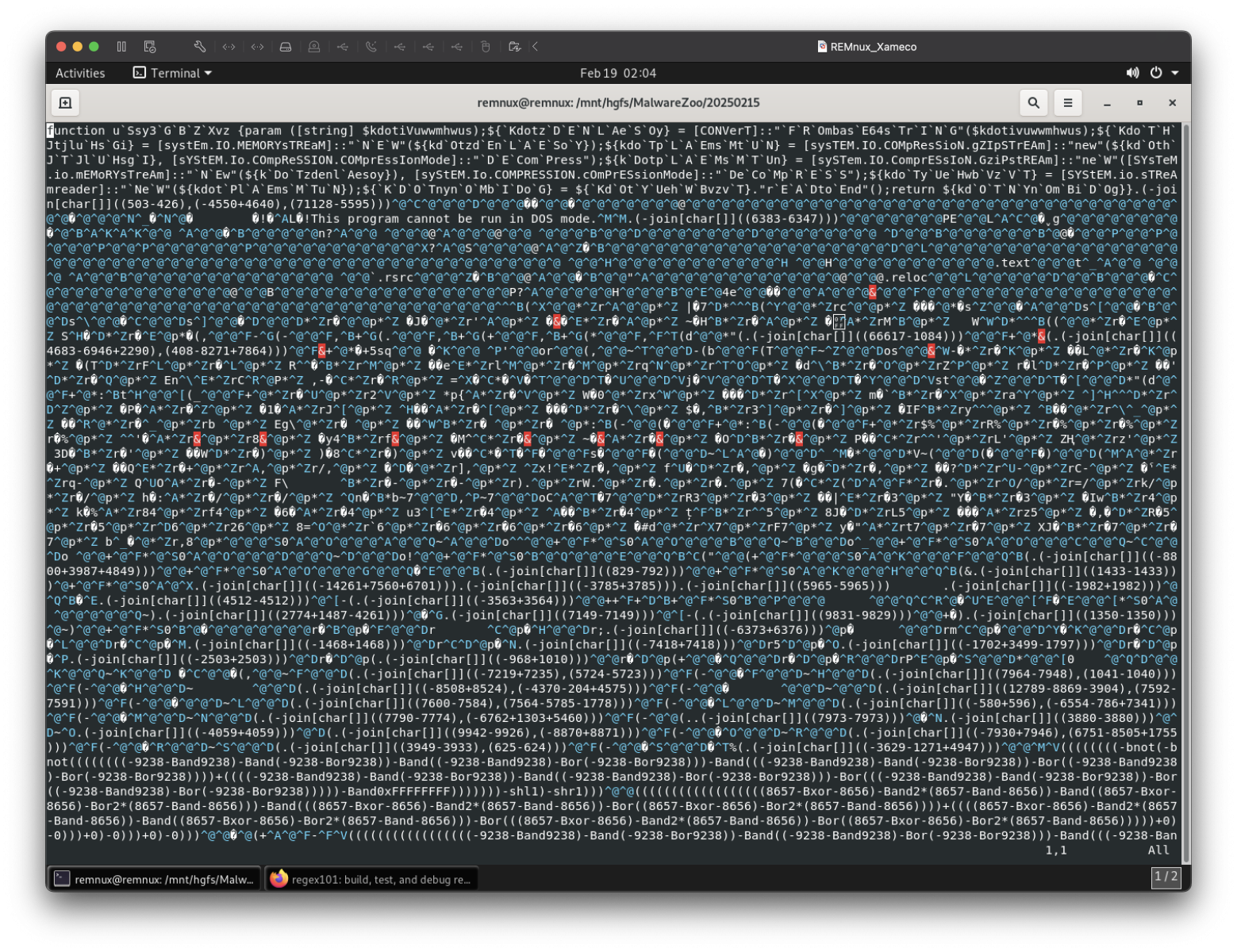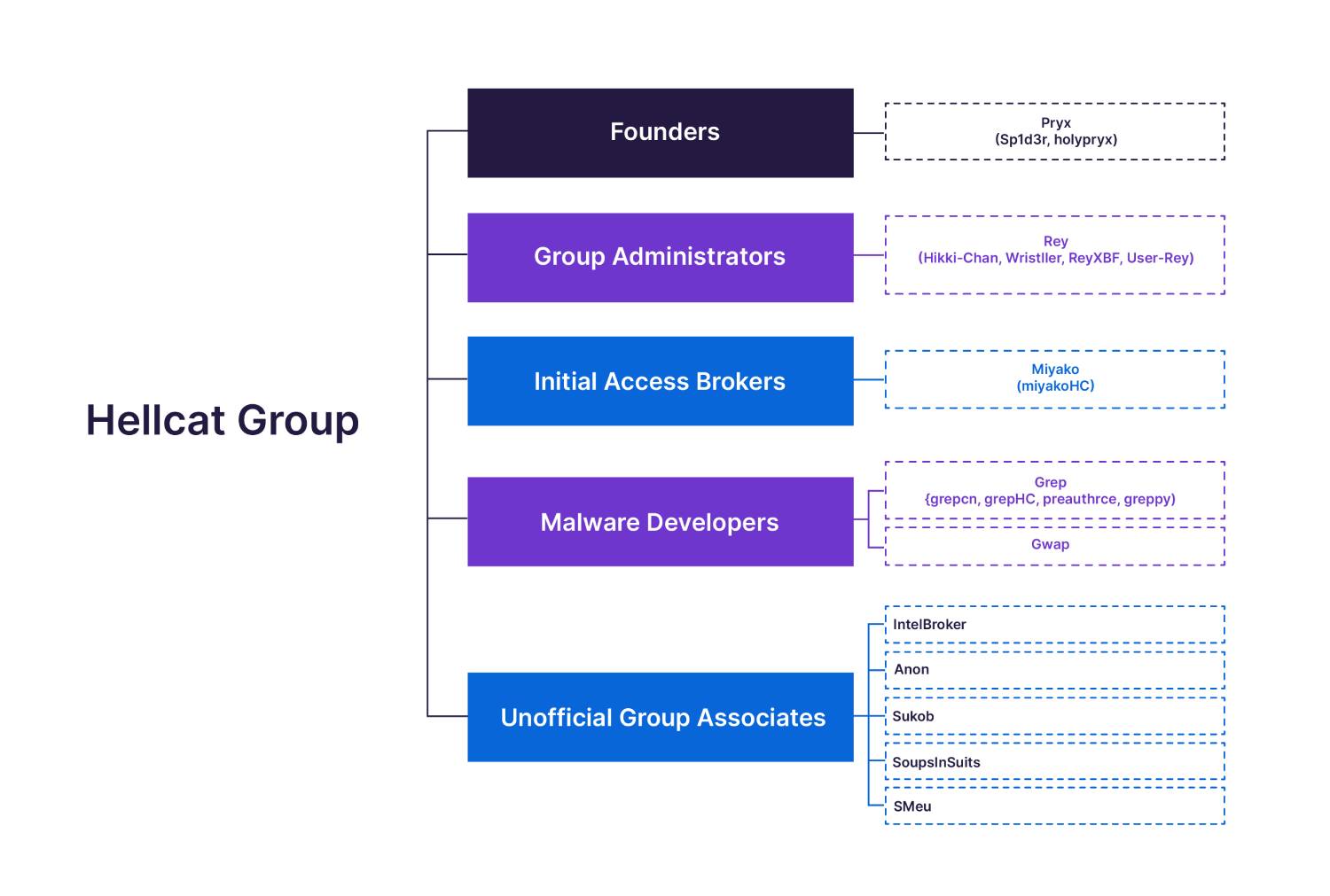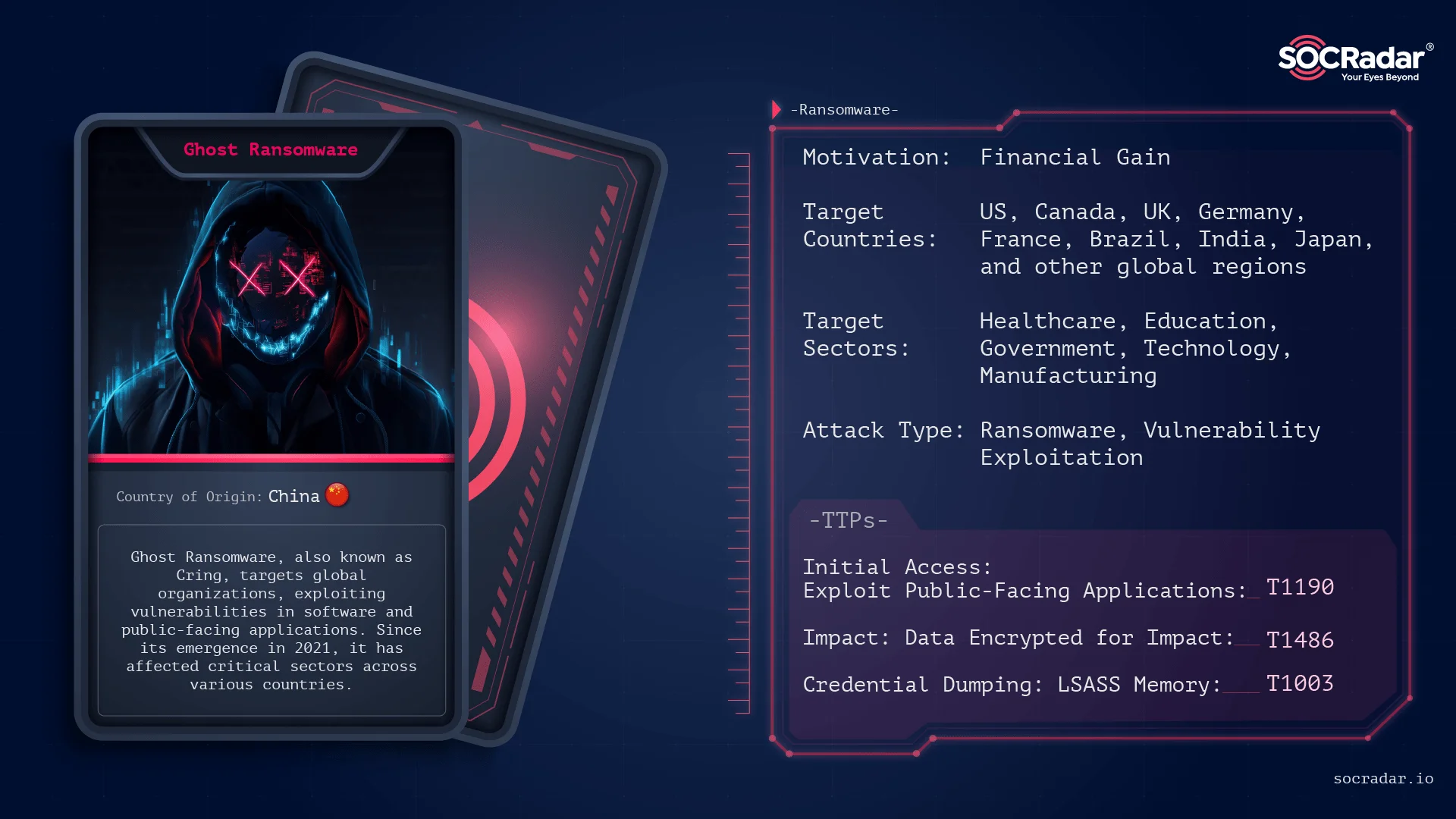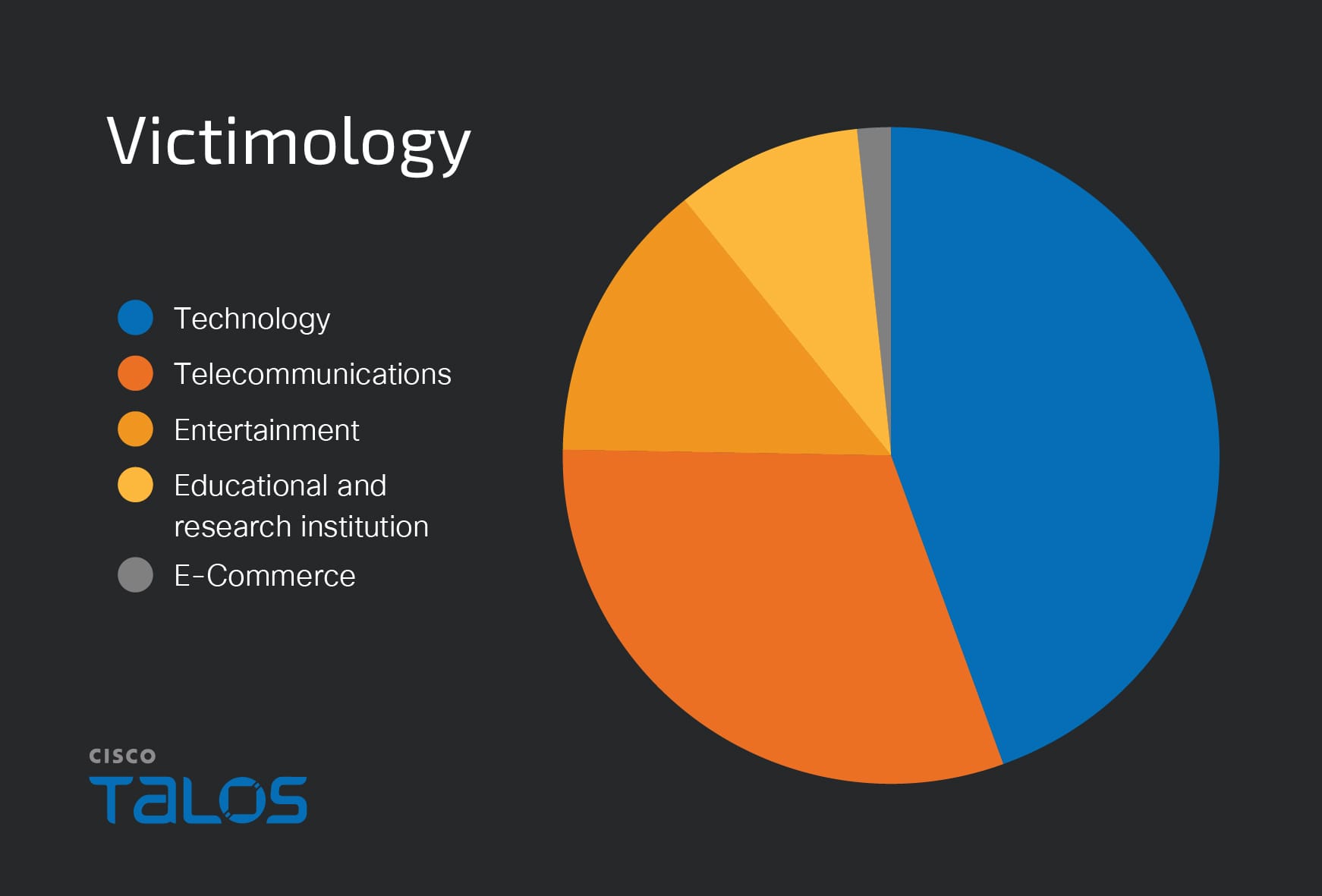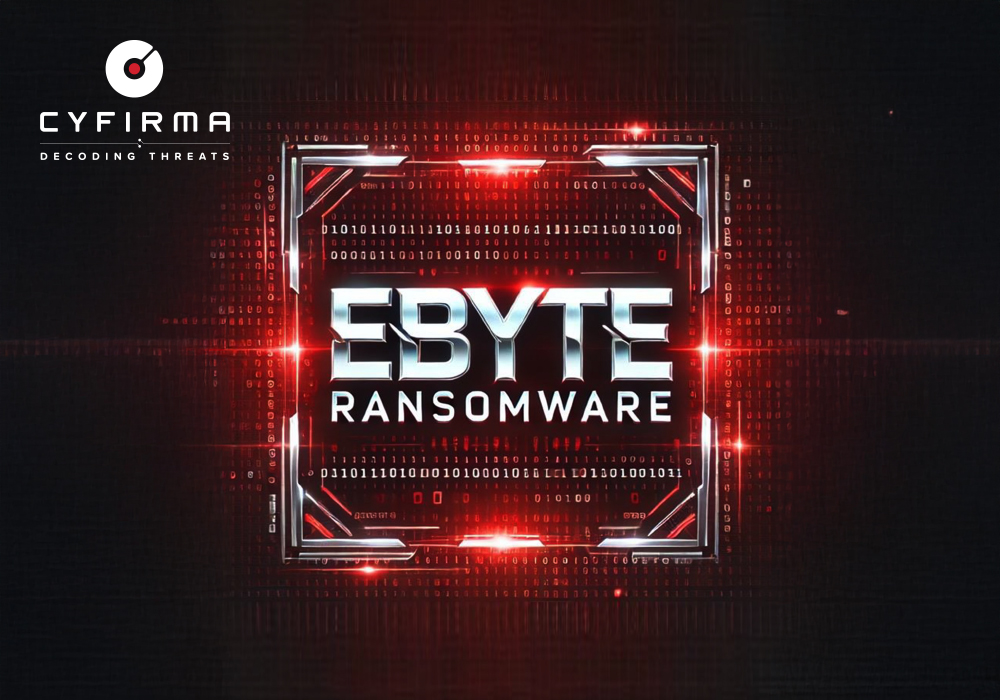Keypoints :
Patching alone does not confirm if systems have been breached. Recent zero-day vulnerabilities in VMware ESXi (CVE-2025-22224, CVE-2025-22225, CVE-2025-22226) have been exploited.…
Organizations often fail to investigate after patching zero-day vulnerabilities, leading to undetected compromises. A proactive approach involving compromise assessments is critical to uncover potential breaches. Affected: VMware ESXi, cybersecurity sector
Read More 



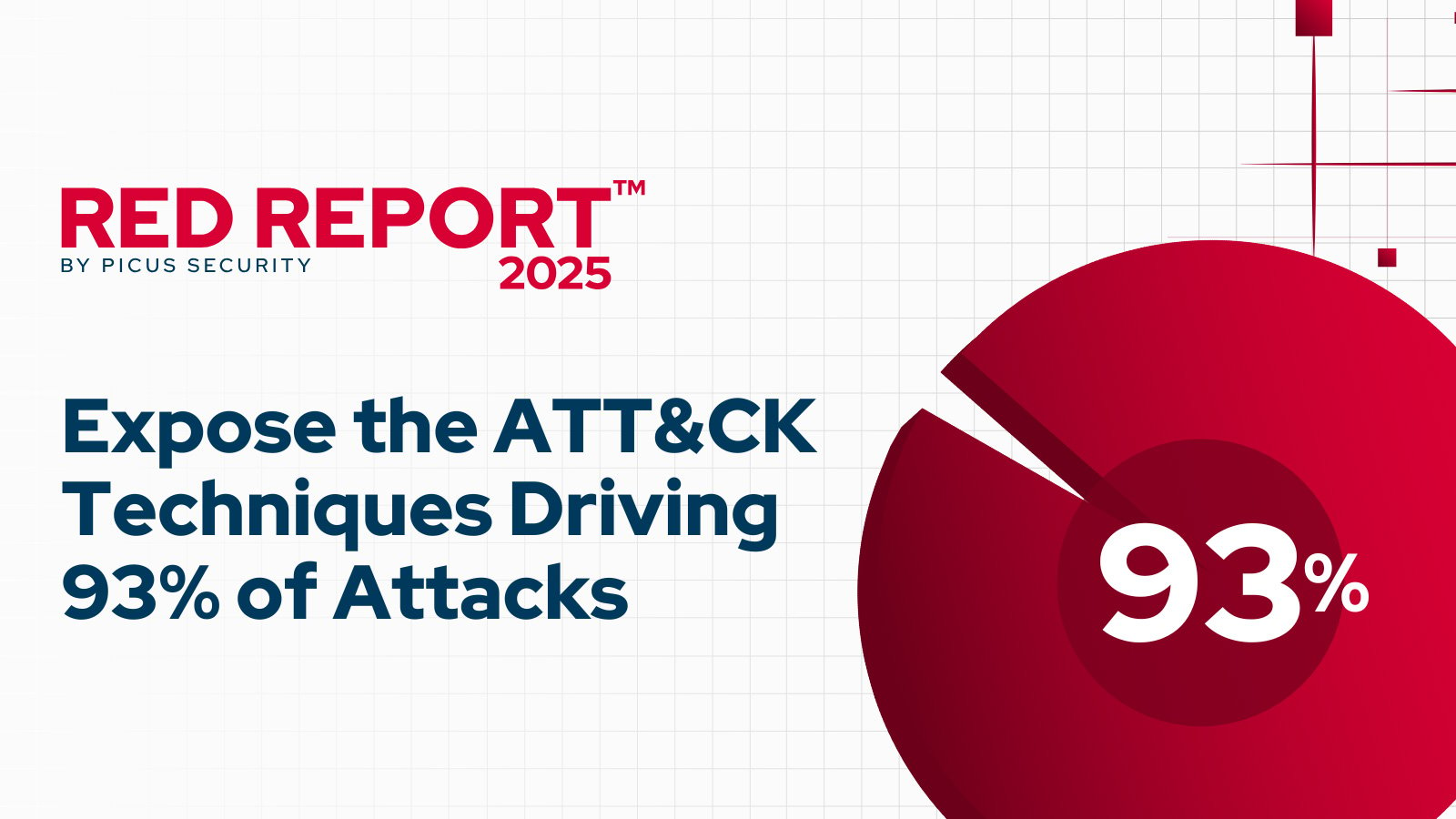



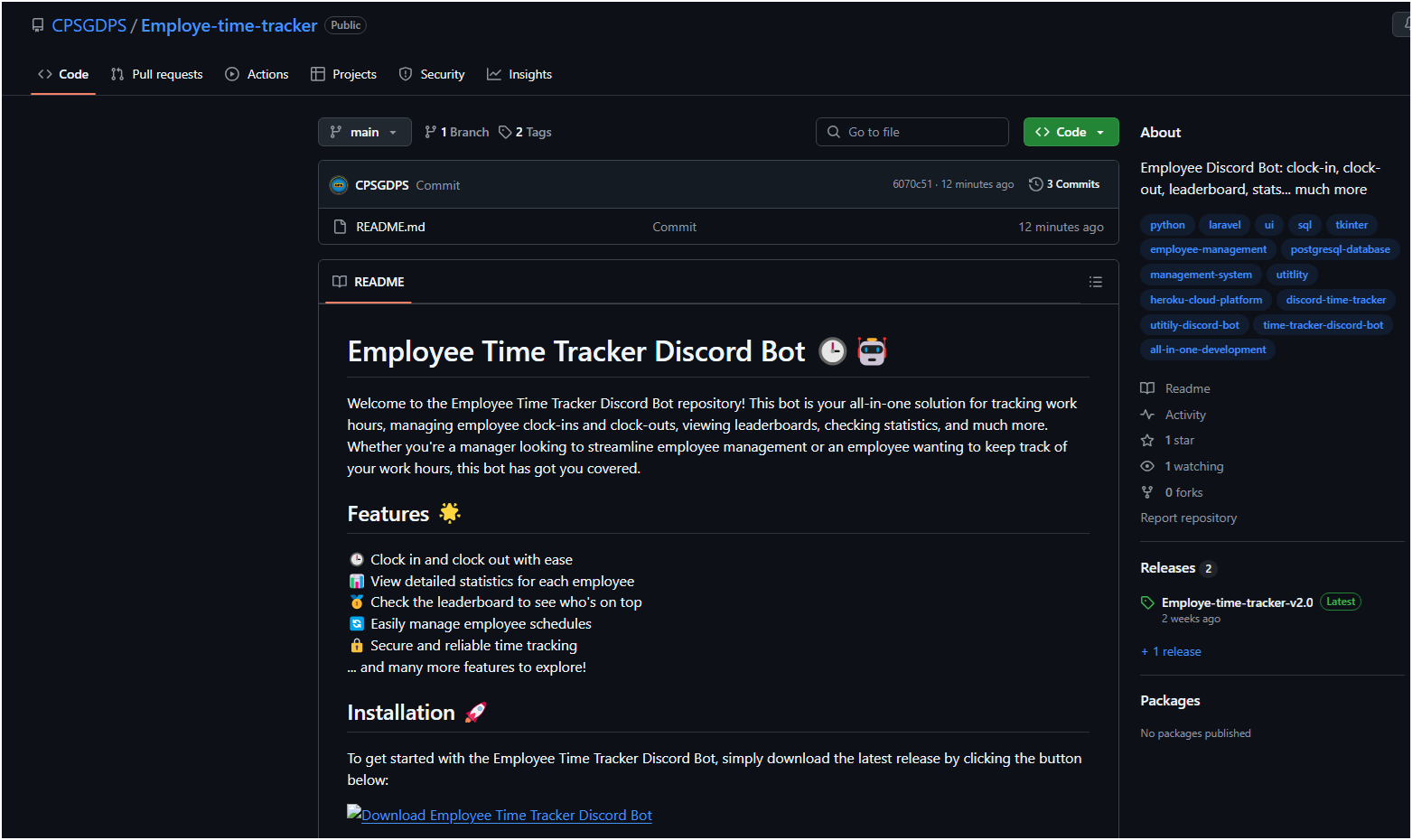



 Cyber Attack Chronicles
Cyber Attack Chronicles